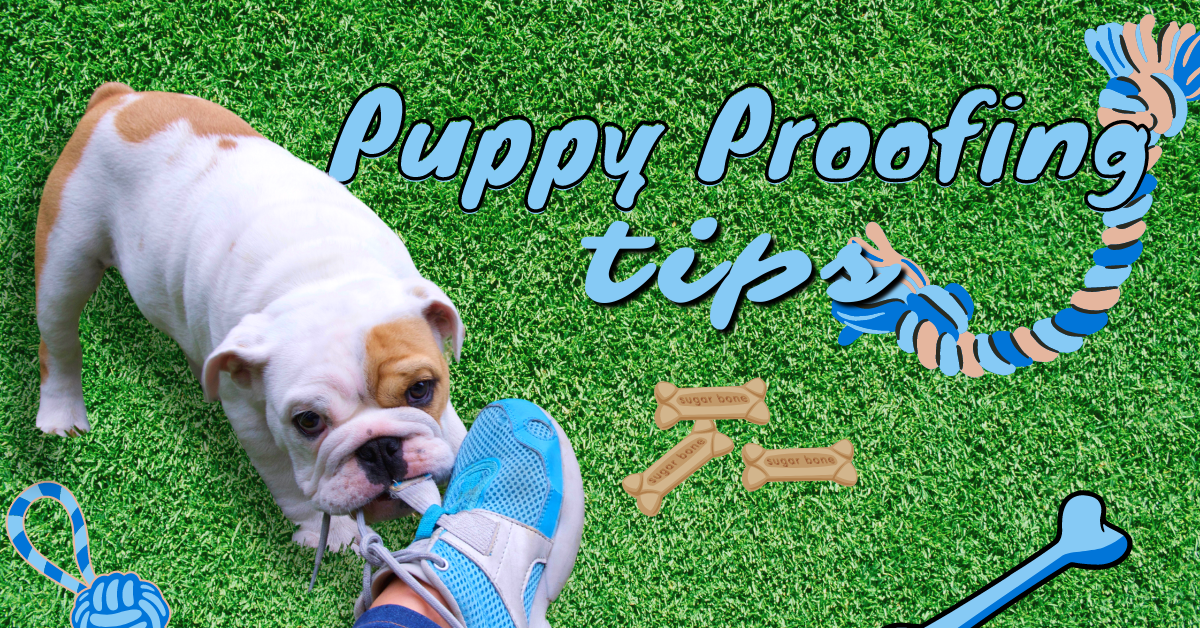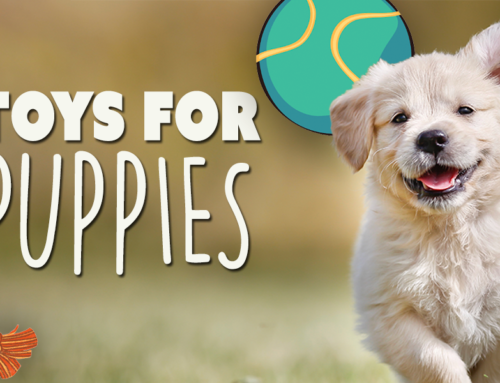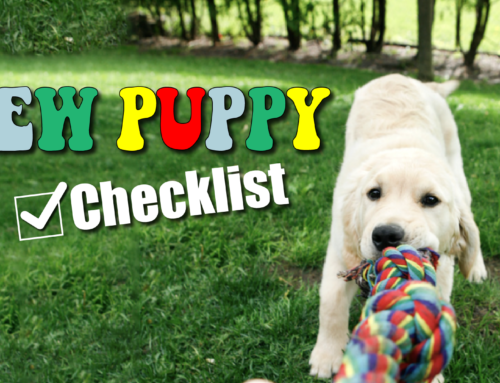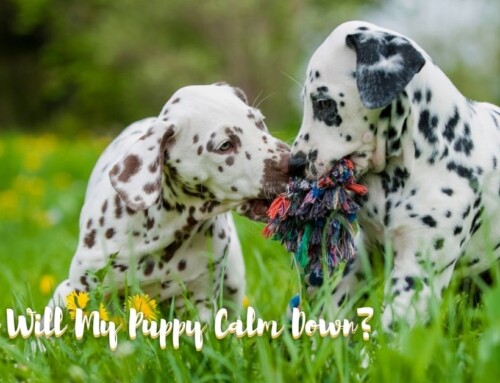Whether you are a first-time puppy parent or it has just been a while, keeping your pup safe and minimizing the damage they can cause to your home is essential. You will want to puppy-proof your home before your new pal steps a little paw in their new home. Below are a few puppy-proofing tips to help keep your companion safe in their forever home.
What to Add
-
Crate
Crate training can benefit both you and your pup by keeping them safe and giving them a place to relax. It would help if you did not leave your furry friend unsupervised while they are still in their exploration and chewing phase. Find a crate that is best suited for your dog and its size. The crate should be big enough for them to stand up and turn around in, but not any bigger. Some crates come with dividers to make the crate area bigger as your pup grows!
-
Baby Gates
Gates help you to block off dangerous areas that your puppy should stay away from. This includes stairwells, balconies, pools, garages, or sheds. Place a baby gate anywhere that you don’t want your new friend to enter so that you can ensure their safety and always keep an eye on them.
-
Child Proof Locks
Your new four-legged friend is basically a baby. So, if your pup is especially adventurous and curious, you should install childproof locks on low cabinets to keep your pal out of trouble.
-
Canine Camera
Having a camera to check in on your furry friend from another room or if you are away from home is a great way to ensure their safety. It will also give you the peace of mind to be able to check in on them as frequently as you wish.
What to Remove
-
Electrical Cords
Electrical cords are one of the biggest dangers to your new pup. They love to chew on anything they can get their teeth on and risk electrocution and fire. You should wrap exposed chords in cable wrap or cord concealers to avoid dangers and having to replace cords.
Because puppies are like teething children, here is a teething survival guide to help you and your pup get through the chewing and biting phase.
-
Toxins
Many items can be toxic to your pal such as medication, cleaners, and insecticides among other chemicals. Common foods can harm your pup too, such as chocolate, onions, alcohol, raisins, crapes, coffee, tea, and foods high in fat, sugar, and salt. Keep these toxins in higher cabinets to keep your pal from getting into trouble. Child locks on cabinets will also help keep your pup safe from these toxins as well.
-
House Plants
Some house plants can also be toxic to your furry friend. Some dangerous plants include azaleas, calla lilies, daffodils, poison ivy, white clover, and so on. You should place house plants where your pup can’t reach them or better yet get rid of any toxic plants. For any outdoor plants, try to place a fence around the area or make it as difficult as possible for your four-legged friend to get to.
-
Trashcans
Place your kitchen or bathroom cans where your companion can’t reach them. Or, get a can with a lid to keep your pal out. Otherwise, you will find all kinds of trash scattered about your house.
-
Clothes and Shoes
Again, your fur baby loves to chew on anything. So, keep clothing such as socks and underwear out of reach. Additionally, keep laundry baskets up and out of the way to keep your clothing nice and hole-free. Also, keep your shoes away from your furry friend. You won’t want to replace any damage your new friend causes. Additionally, never give your pal old shoes or socks as chew toys. They will not be able to differentiate the difference in your closet.
It can feel overwhelming and intimidating when you think about all you have to do to prepare for a new puppy. However, a bit of planning and work will get you ready to welcome your new friend in no time. Your pup will grow up too soon and you will be surprised how much you miss keeping them out of trouble. Follow the tips above to keep your pal safe and healthy in their new home!




